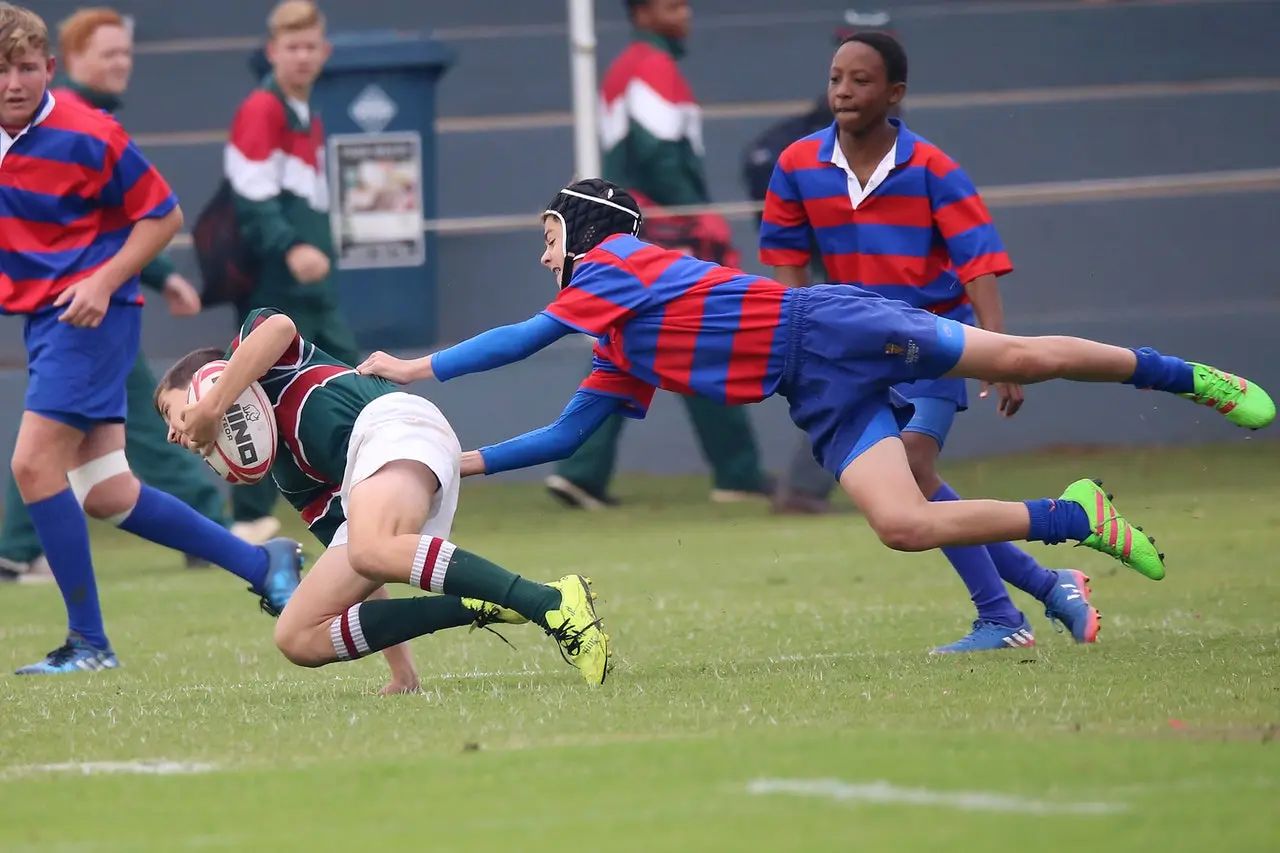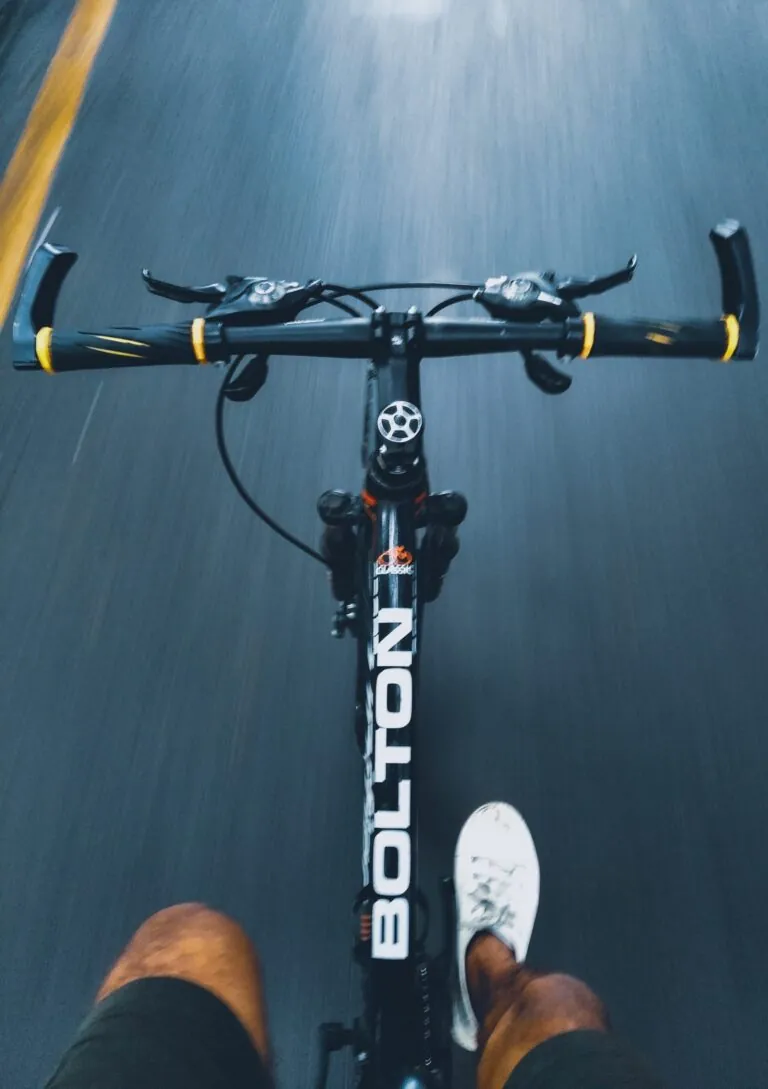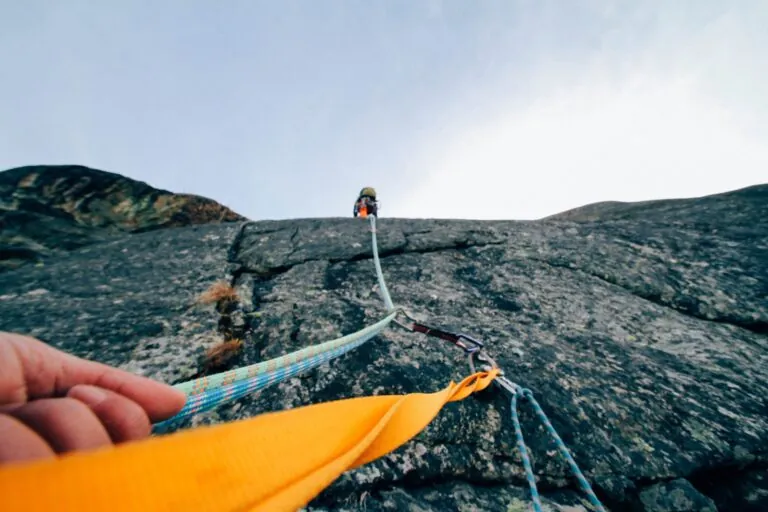How to reduce your risk of another injury after a concussion
Concussions are common, especially in athletes.
According to a recent Statistics Canada Health Report, approximately “1.6% of Canadians aged 12 years or older reported sustaining one or more concussions in 2019“.
The word concussion is derived from the Latin word ‘concutere’ which translates to “shake violently” in English.
This is what happens to your head when you experience a concussion. A rapid acceleration, deceleration, or rotational force as a result of either a direct hit such as hitting your head on the ground, or without a direct hit, such as from whiplash.
Key Points
- You are at a higher risk of musculoskeletal (bone, joint, tendon, ligament) injury after returning to sport following a concussion.
- You should consider adding neuromuscular and dual task training into your regular training schedule to potentially help reduce this risk.
The common theme here is that when your brain experiences a large force, then a concussion is the result. Shortly after this force is experienced, you’ll feel those not-so-fun symptoms like headaches, dizziness, nausea, fatigue, and sensitivity to light and sound.
Symptoms can, unfortunately, persist for some people.
— Read more about concussions in this article by Sport Medicine Physician, Dr. Andy Reed —
Concussion and future injury risk
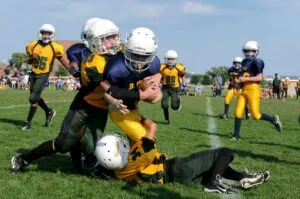
Although they may seem unrelated, there is a connection between a concussion and experiencing a future musculoskeletal (bone, joint, tendon, ligament) injury. As it turns out, you are potentially 2 times more likely to sustain an musculoskeletal (MSK) injury after a concussion. This risk for MSK injuries can increase even more after having sustained multiple concussions.
One theory as to why this may occur is thought to be due to lingering symptoms related to how well you can focus. It is thought that these focus-related impairments could lead to a decreased reaction time in a situation where an injury may occur. For example, imagine you’re skiing and hit a patch of ice, and have to react quickly to stop yourself from falling. Your reaction time to avoid a crash could be decreased after a concussion. There are other theories about why MSK injury risk is higher after a concussion, but no concrete evidence exists at this time.
How to reduce your risk
Similar to a lot of MSK injuries, those that are sustained after a concussion have the potential to be preventable.
Neuromuscular and ‘dual task’ training are two ways that have the potential to be effective in helping prevent further injuries after a concussion.
Neuromuscular training is a type of training that works both your brain (neuro) and your body (muscular). By refining the neural pathways that your brain uses to activate your muscles through specific movements, you can train effectively. This includes types of movements that are based on strength, technique, balance, and power-type (plyometric) movements.
The one key difference between neuromuscular training and traditional strength training is that neuromuscular training considers the information about where your body is in your environment, called proprioception. This information is carried by proprioceptors, which are small nerve cells that cover your entire body. They tell your brain the location of your limbs relative to each other and give you a sense of touch. The brain will then use this information to help plan movements based on the environment that you’re in.
There are a variety of exercises that this includes, but a few examples are tuck jumps, walking lunges, and lateral jumps and holds (skaters).
Along with this, using a ‘dual task‘, where 2 different tasks are performed at once, can aid the effectiveness of neuromuscular training. A few good examples of this would be walking and doing a memory recall activity or hopping on one foot and naming animals.
The combination of these 2 types of training appears to have a significant effect on preventing a subsequent MSK injury.
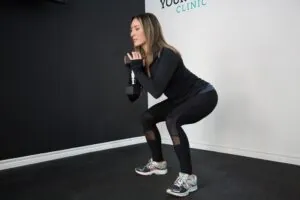
In a recent study, neuromuscular training combined with dual tasks were shown to be potentially effective in reducing post-concussion injury risk.
In this study, participants that followed a neuromuscular training + dual task program twice a week for 8 weeks, had 3 times fewer injuries in the next year compared to those that didn’t follow the program.
Additionally, the same participants in the neuromuscular training group were found to be 50% less likely to sustain any injury that would prevent them attending an upcoming practice, game, or training session.
Despite these findings, the study only included 27 participants, which decreases how accurate the evidence is. More research will be required to determine how effective this method of training truly is.
Contributing Expert

Spencer Lawley, BSc. Honours, Kinesiology Co-Op, University of Waterloo
References
Holm, I., et al. (2004). Effect of neuromuscular training on proprioception, balance, muscle strength, and lower limb function in female team handball players. Clinical journal of sport medicine. 14(2), 88–94. https://doi.org/10.1097/00042752-200403000-00006
Howell DR, et al. An 8-Week Neuromuscular Training Program After Concussion Reduces 1-Year Subsequent Injury Risk: A Randomized Clinical Trial. The American Journal of Sports Medicine. 2022;50(4):1120-1129. doi: https://10.1177/03635465211069372
Howell, D. R., et al. (2021). Neuromuscular training after concussion to improve motor and psychosocial outcomes: A feasibility trial. Physical therapy in sport. 52, 132–139. https://doi.org/10.1016/j.ptsp.2021.05.014
Howell DR, Osternig LR, Koester MC, Chou L-S. The effect of cognitive task complexity on gait stability in adolescents following concussion. Exp Brain Res. 2014;232(6):1773-1782. https://doi:10.1007/s00221- 014-3869-1
Howell, D. R., Lynall, R. C., Buckley, T. A., & Herman, D. C. (2018). Neuromuscular Control Deficits and the Risk of Subsequent Injury after a Concussion: A Scoping Review. Sports medicine (Auckland, N.Z.), 48(5), 1097–1115. https://doi.org/10.1007/s40279-018-0871-y
Kroshus, E., et. al. (2015). Pressure on Sports Medicine Clinicians to Prematurely Return Collegiate Athletes to Play After Concussion. Journal of athletic training, 50(9), 944–951. https://doi.org/10.4085/1062-6050-50.6.03
McPherson, A. L., Nagai, T., Webster, K. E., & Hewett, T. E. (2019). Musculoskeletal Injury Risk After Sport-Related Concussion: A Systematic Review and Meta-analysis. The American journal of sports medicine, 47(7), 1754–1762. https://doi.org/10.1177/0363546518785901
Roach, M. H., et al. (2023). Risk of Upper Extremity Musculoskeletal Injury Within the First Year After a Concussion. Orthopaedic journal of sports medicine, 11(5), 23259671231163570. https://doi.org/10.1177/23259671231163570

